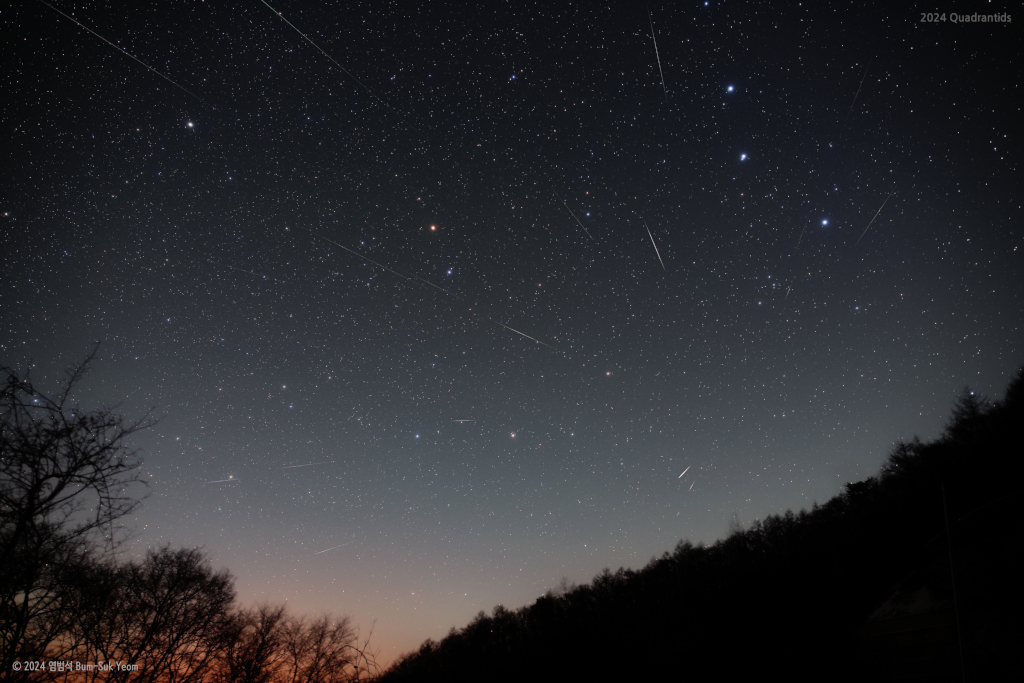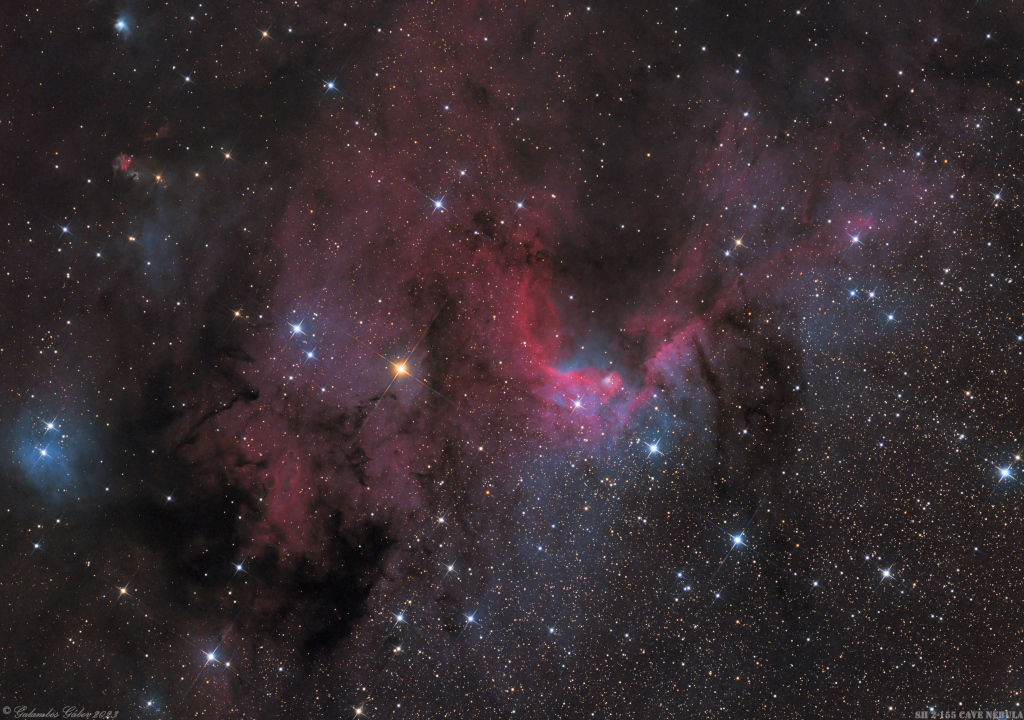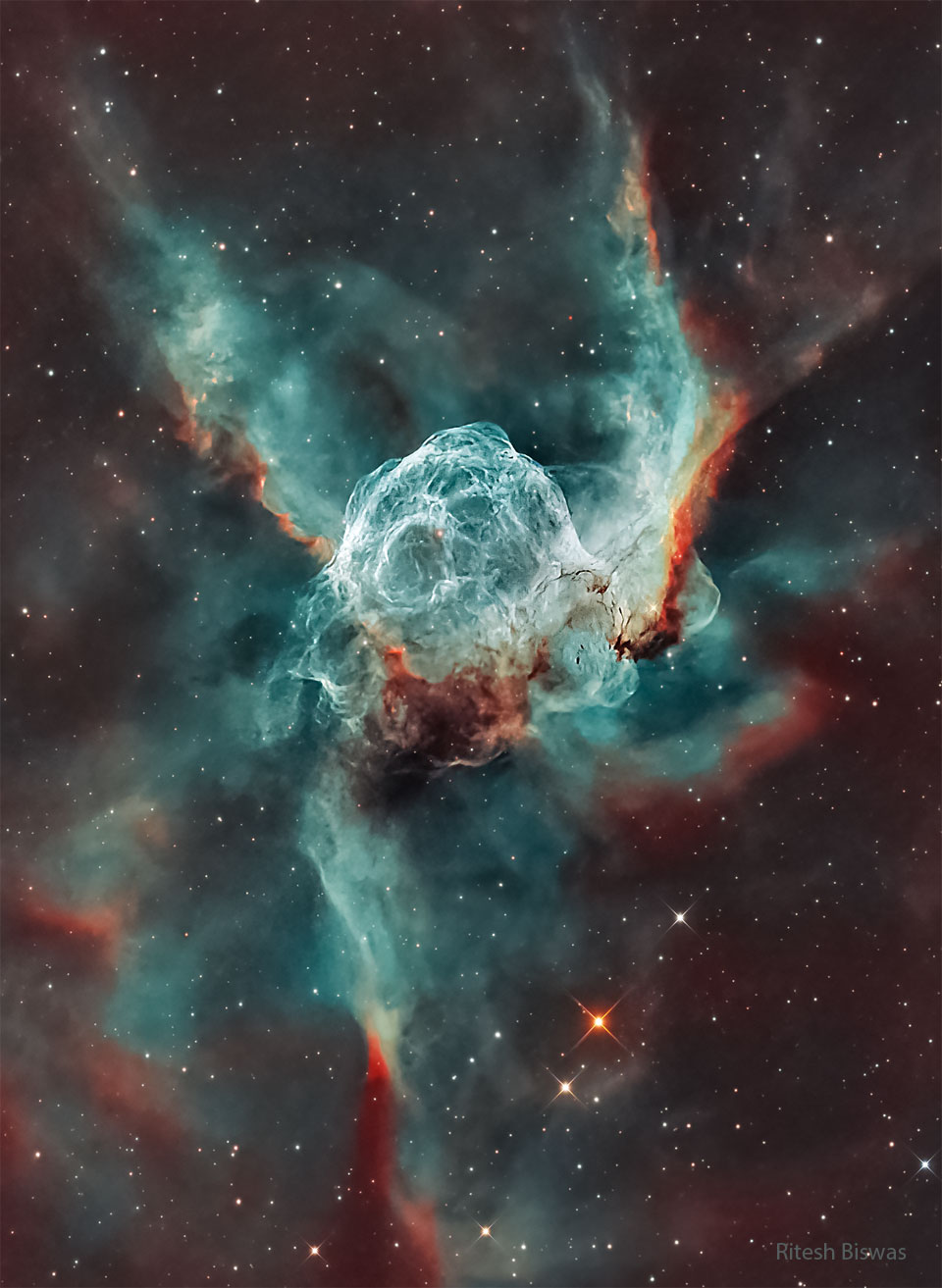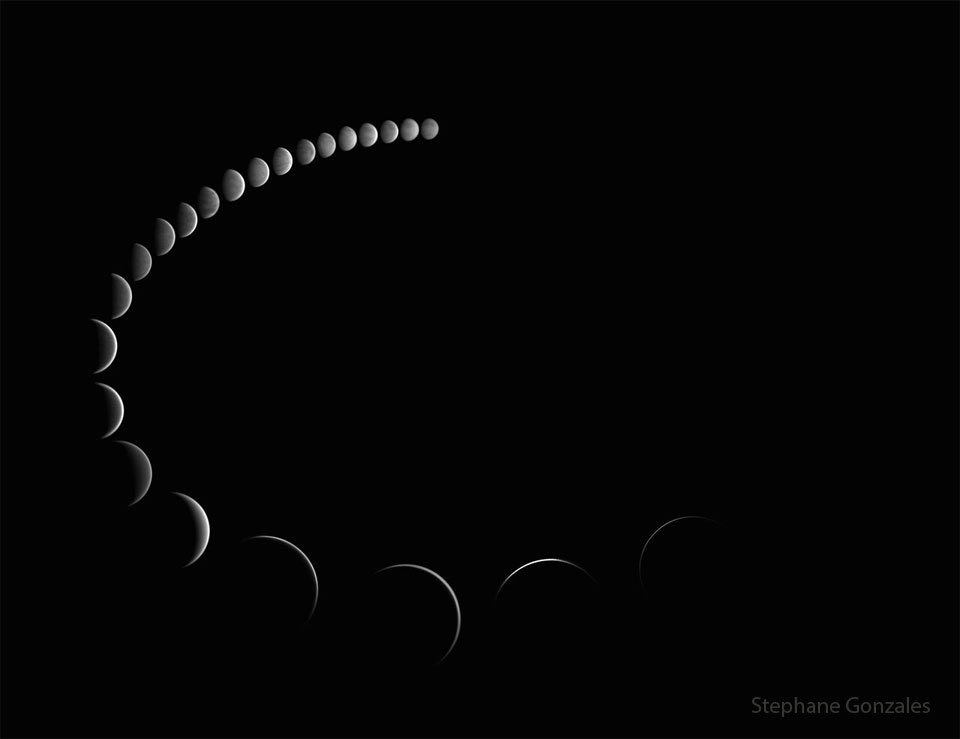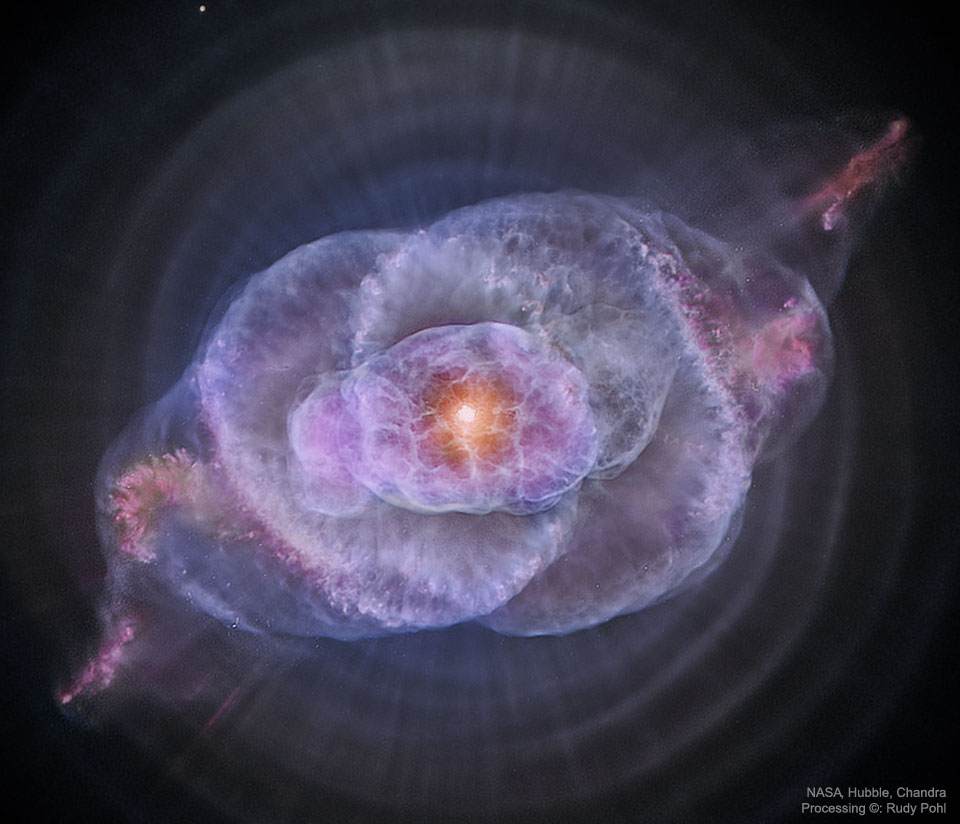
Nombre total de pages vues
11/01/2024
BIOMIMETISME - Innovations inspirées par la Nature - Des éoliennes imaginées à partir des nageoires des baleines

O FUTURO NO PRESENTE - O carro voador chegou (2)

ASTRONOMY - Quadrantids of the North
2024 January 11
Image Credit & Copyright: 염범석 Yeom Beom-seok
Explanation: Named for a forgotten constellation, the Quadrantid Meteor Shower puts on an annual show for planet Earth's northern hemisphere skygazers. The shower's radiant on the sky lies within the old, astronomically obsolete constellation Quadrans Muralis. That location is not far from the Big Dipper asterism, known to some as the Plough, at the boundaries of the modern constellations Bootes and Draco. In fact the Big Dipper "handle" stars are near the upper right corner in this frame, with the meteor shower radiant just below. North star Polaris is toward the top left. Pointing back toward the radiant, Quadrantid meteors streak through the night in this skyscape from Jangsu, South Korea. The composite image was recorded in the hours around the shower's peak on January 4, 2024. A likely source of the dust stream that produces Quadrantid meteors was identified in 2003 as an asteroid.
10/01/2024
ASTRONOMY - The Light, the Dark, and the Dusty
2024 January 10
Image Credit & Copyright: Gábor Galambos
Explanation: This colorful skyscape spans about three full moons across nebula rich starfields along the plane of our Milky Way Galaxy toward the royal northern constellation Cepheus. Near the edge of the region's massive molecular cloud some 2,400 light-years away, bright reddish emission region Sharpless (Sh)2-155 is at the center of the frame, also known as the Cave Nebula. About 10 light-years across the cosmic cave's bright walls of gas are ionized by ultraviolet light from the hot young stars around it. Dusty bluish reflection nebulae, like vdB 155 at the left, and dense obscuring clouds of dust also abound on the interstellar canvas. Astronomical explorations have revealed other dramatic signs of star formation, including the bright reddish fleck of Herbig-Haro (HH) 168. At the upper left in the frame, the Herbig-Haro object emission is generated by energetic jets from a newborn star.
09/01/2024
O FUTURO NO PRESENTE - O carro voador chegou (1)

LE JARDIN MERVEILLEUX DES EPICES - Le macis, cousin de la noix de muscade

ASTRONOMY - Thor's Helmet
2024 January 9
Image Credit & Copyright: Ritesh Biswas
Explanation: Thor not only has his own day (Thursday), but a helmet in the heavens. Popularly called Thor's Helmet, NGC 2359 is a hat-shaped cosmic cloud with wing-like appendages. Heroically sized even for a Norse god, Thor's Helmet is about 30 light-years across. In fact, the cosmic head-covering is more like an interstellar bubble, blown with a fast wind from the bright, massive star near the bubble's center. Known as a Wolf-Rayet star, the central star is an extremely hot giant thought to be in a brief, pre-supernova stage of evolution. NGC 2359 is located about 15,000 light-years away toward the constellation of the Great Overdog. This remarkably sharp image is a mixed cocktail of data from narrowband filters, capturing not only natural looking stars but details of the nebula's filamentary structures. The star in the center of Thor's Helmet is expected to explode in a spectacular supernova sometime within the next few thousand years.
08/01/2024
ASTRONOMY - The Phases of Venus
2024 January 8
Image Credit & License: Stéphane Gonzales
Explanation: Venus goes through phases. Just like our Moon, Venus can appear as a full circular disk, a thin crescent, or anything in between. Venus, frequently the brightest object in the post-sunset or pre-sunrise sky, appears so small, however, that it usually requires binoculars or a small telescope to clearly see its current phase. The featured time-lapse sequence was taken over the course of six months in 2015 from Surgères, Charente-Maritime, France, and shows not only how Venus changes phase, but changes angular size as well. When Venus is on the far side of the Sun from the Earth, it appears angularly smallest and nearest to full phase, while when Venus and Earth are on the same side of the Sun, Venus appears larger, but as a crescent. This month Venus rises before dawn in waxing gibbous phases.
07/01/2024
LE JARDIN MERVEILLEUX DES EPICES - La badiane, une épice étoilée

ASTRONOMY - The Cat's Eye Nebula in Optical and X-ray
2024 January 7
Image Credit: NASA, ESA, Hubble Legacy Archive; Chandra X-ray Obs.;
Processing & Copyright: Rudy Pohl
Explanation: To some it looks like a cat's eye. To others, perhaps like a giant cosmic conch shell. It is actually one of the brightest and most highly detailed planetary nebula known, composed of gas expelled in the brief yet glorious phase near the end of life of a Sun-like star. This nebula's dying central star may have produced the outer circular concentric shells by shrugging off outer layers in a series of regular convulsions. The formation of the beautiful, complex-yet-symmetric inner structures, however, is not well understood. The featured image is a composite of a digitally sharpened Hubble Space Telescope image with X-ray light captured by the orbiting Chandra Observatory. The exquisite floating space statue spans over half a light-year across. Of course, gazing into this Cat's Eye, humanity may well be seeing the fate of our sun, destined to enter its own planetary nebula phase of evolution ... in about 5 billion years.
ASTRONOMY - LDN 43: The Cosmic Bat Nebula
2024 October 27 LDN 43: The Cosmic Bat Nebula Credit & Copyright: Mark Hanson and Mike Selby ; Text: Michelle Thaller ( NASA '...
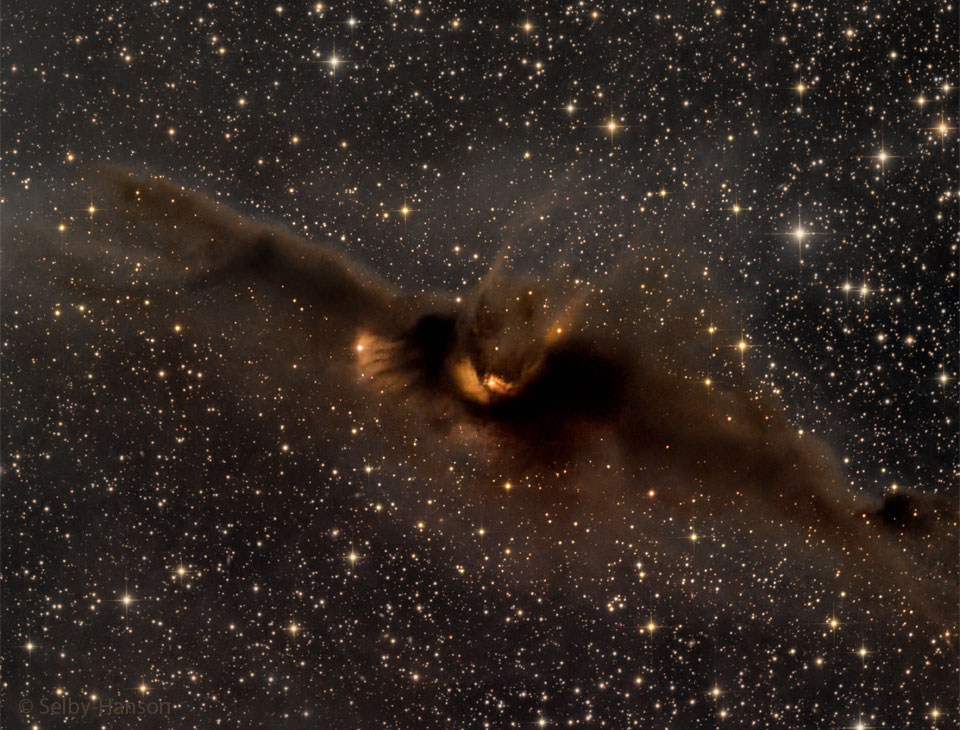
-
2022 September 26 All the Water on Planet Earth Illustration Credit: Jack Cook, Adam Nieman, Woods Hole Oceanographic Institution ; Data ...
-
2021 August 11 Mammatus Clouds over Saskatchewan Image Credit & Copyright: Michael F Johnston Explanation: When do cloud bottoms appe...
